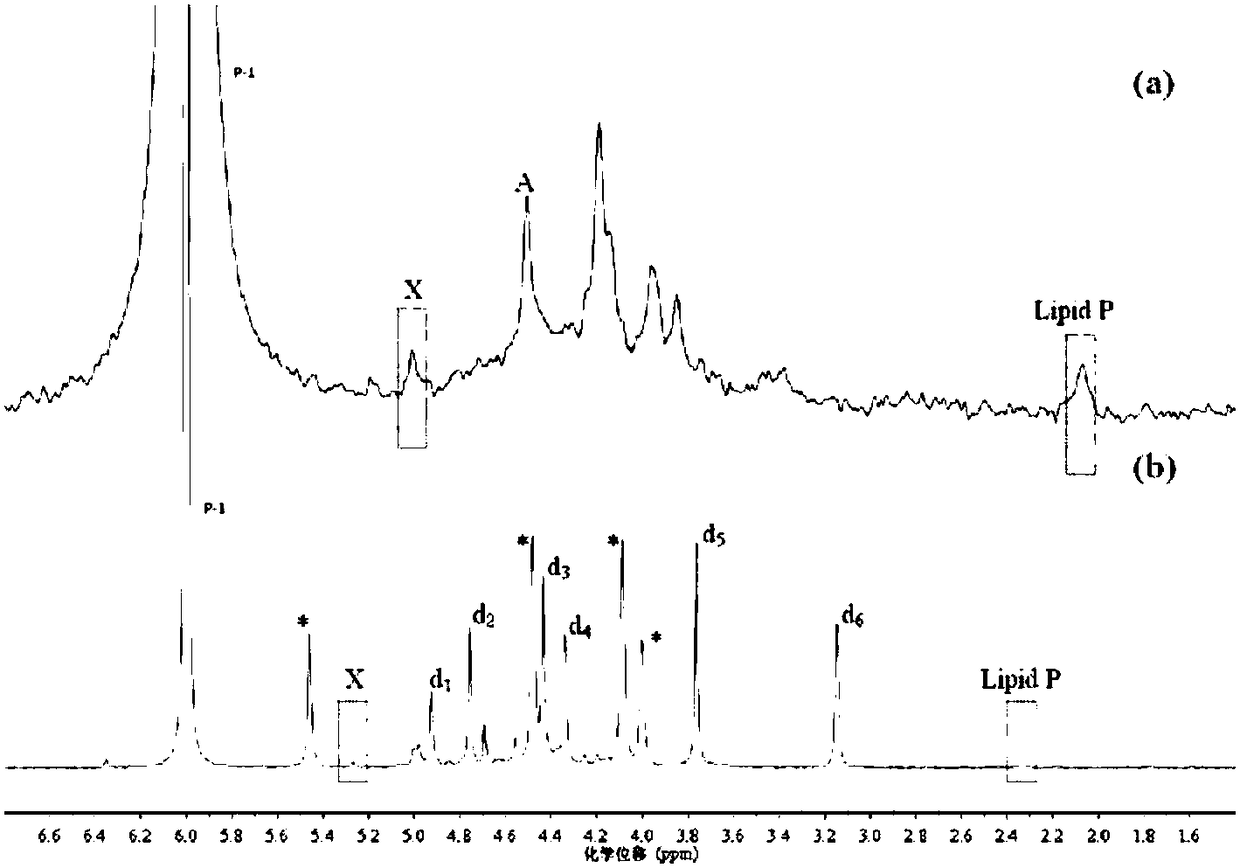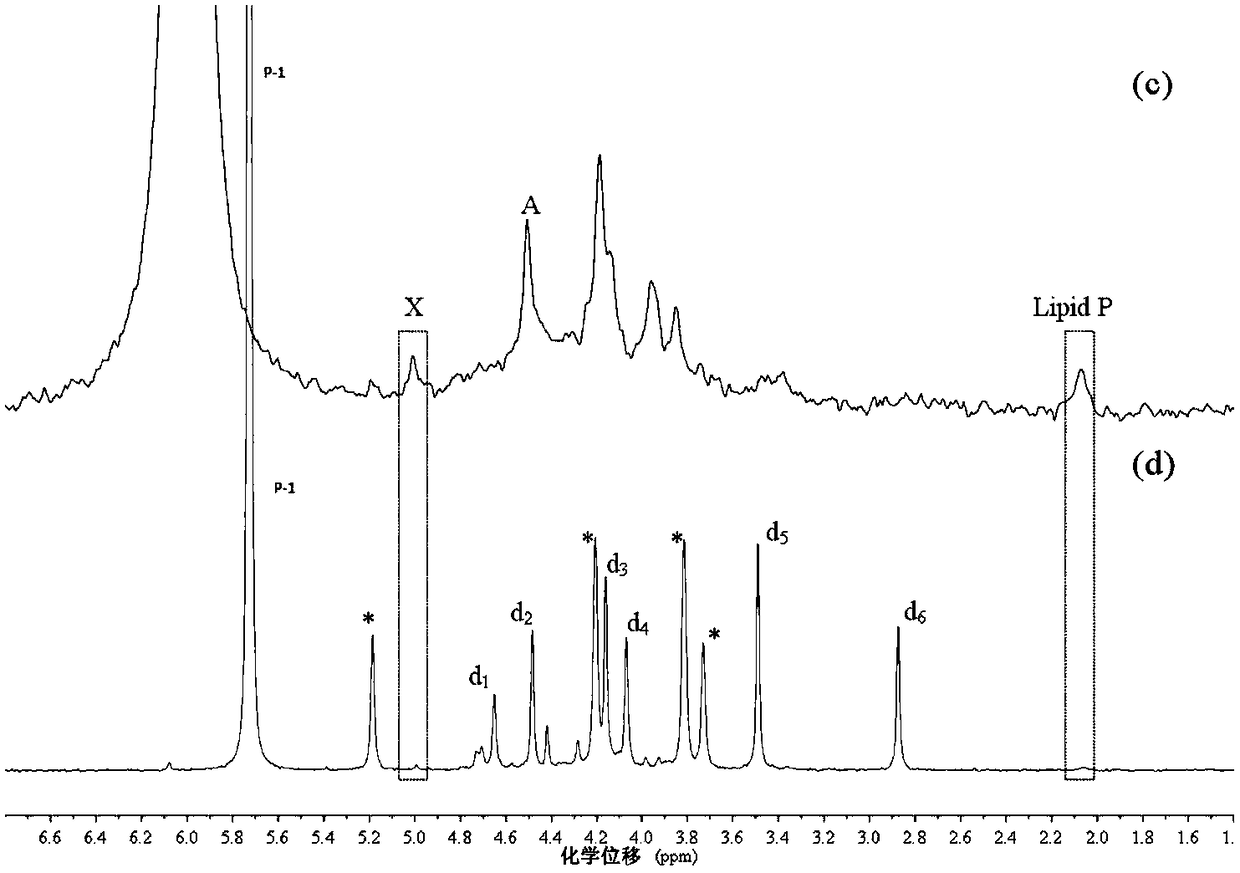A method for the extraction of monoester phosphorus components in lake sediments and the analysis of phosphorus NMR spectra
A nuclear magnetic resonance spectrum and sediment technology, applied in the field of environmental chemical analysis and testing, can solve the problems of phosphorus compound chemical shift difference, large difference, chemical shift difference, etc., and achieve the effect of improving phosphorus extraction rate, avoiding influence, and ensuring accuracy
- Summary
- Abstract
- Description
- Claims
- Application Information
AI Technical Summary
Problems solved by technology
Method used
Image
Examples
Embodiment 1
[0056]A method for extracting monoester phosphorus components in lake sediments and analyzing the phosphorus nuclear magnetic resonance spectrum, comprising the following steps:
[0057] 1. Collect the surface sediment (0-10cm) samples of Dianchi Lake in my country, see Table 1 for details, grind and pulverize them through a 100-mesh sieve after freeze-drying, put them into sealed bags, and store them in a low-temperature freezer at 0 to -20°C for later use;
[0058] Table 1 The characteristics of the total phosphorus content and metal elements (Al, Ca, Fe, Mg and Mn) content of lake surface sediments in Example 1
[0059]
[0060] 2. Weigh 1.00±0.01g sediment sample into a 50mL centrifuge tube, add 8mL 0.25M-50mM EDTA solution, and extract three times continuously at room temperature (25°C), each extraction time is 2h, 4h and 16h respectively, The extracts obtained three times were centrifuged at 4°C and 10,000 g for 30 minutes, and then the supernatants were collected and...
PUM
 Login to View More
Login to View More Abstract
Description
Claims
Application Information
 Login to View More
Login to View More - R&D
- Intellectual Property
- Life Sciences
- Materials
- Tech Scout
- Unparalleled Data Quality
- Higher Quality Content
- 60% Fewer Hallucinations
Browse by: Latest US Patents, China's latest patents, Technical Efficacy Thesaurus, Application Domain, Technology Topic, Popular Technical Reports.
© 2025 PatSnap. All rights reserved.Legal|Privacy policy|Modern Slavery Act Transparency Statement|Sitemap|About US| Contact US: help@patsnap.com



